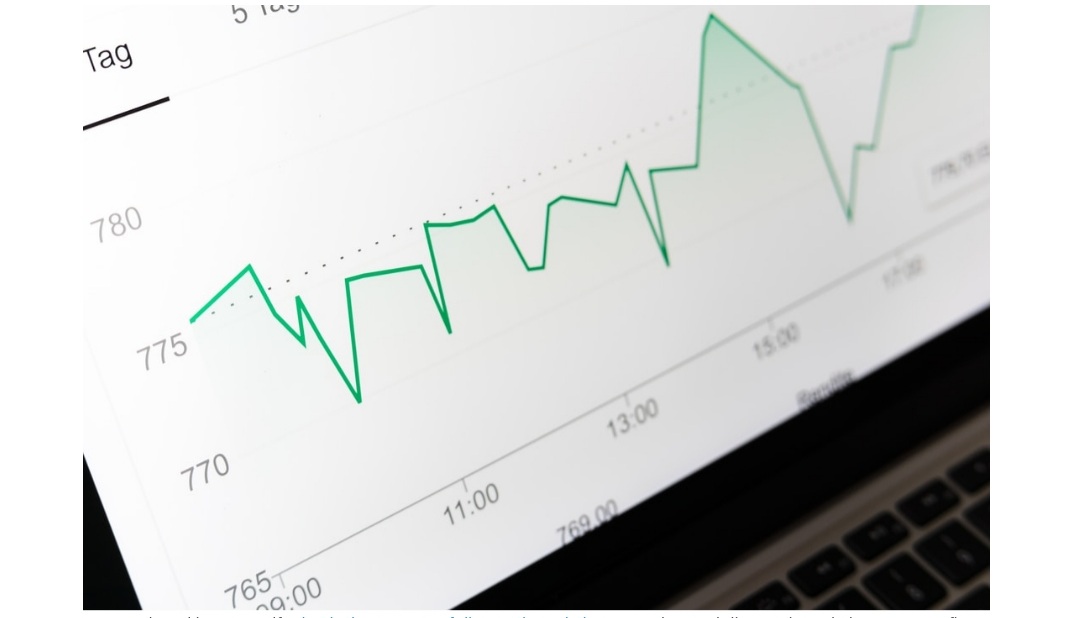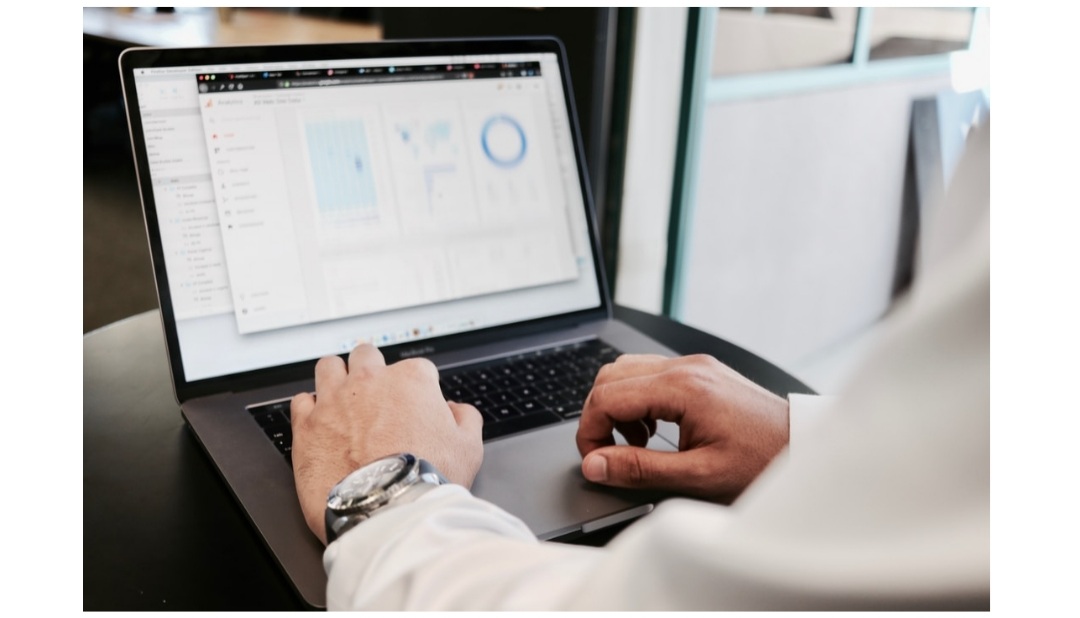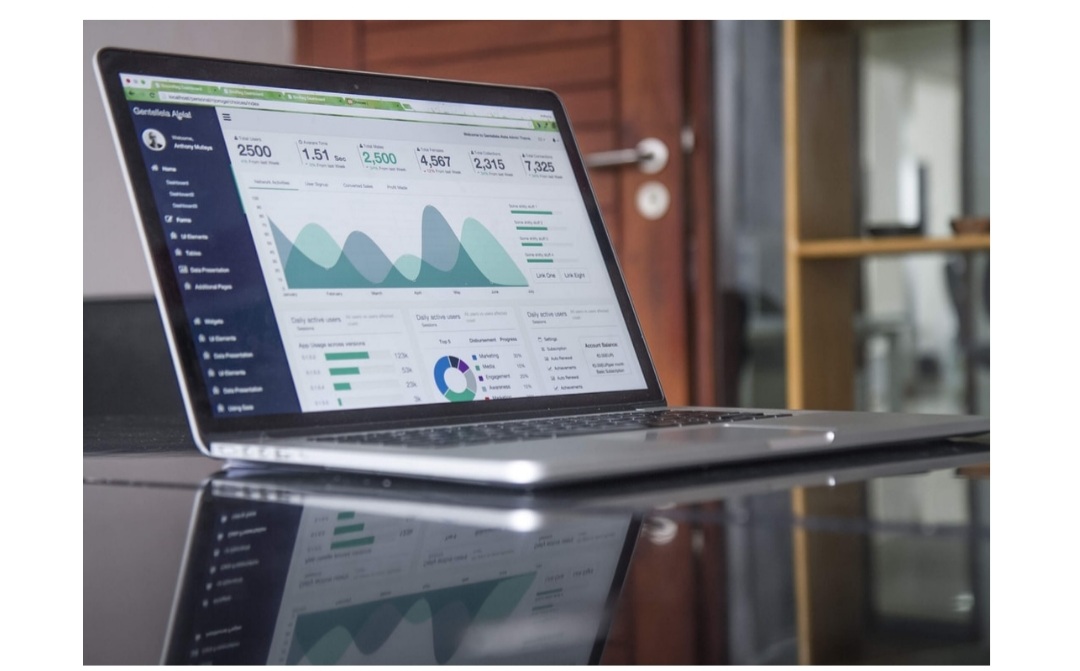It’s more important than ever for businesses of any size to be able to have a grip on their data. This affords incredible insight to determine the right decisions and next steps for an organization while also having a handle on customer service and what your base is seeking. Having the right business analytics, particularly diagnostic analytics, is paving the way for better business decisions with access to both real-time and historical data. Here is how analytics can prove to be an optimal business strategy.
What Is Business Analytics?

You may be asking yourself, what is the purpose of diagnostic analytics? To understand diagnostic analytics, you must first understand business analytics as a whole. This is the process of gathering and processing business data and applying statistical models and methodologies to translate that information into business insights. Most importantly, organizations need to be able to translate that data into what their customers want. Attempting to guess what your customer base wants is a dangerous practice that can prove costly in the long run.
Business analytics combines processes, skills, and technologies to collect, analyze and present the historical performance of the business. This process essentially uses large amounts of historical business data for the purpose of providing insights to evaluate an organization’s past, present, and future. This is helping companies discover previously unknown insights or identify unanticipated issues to generate new business value, helping to create new processes for solving business challenges and increasing efficiency, productivity, and revenue.
Types of Business Analytics

There are basically four types of business analytics, with diagnostic analytics being one of them. Diagnostic analytics, also known as discovery analytics, is the process enabled by machine learning which is used to find interesting patterns and correlations in the data, even without specific queries being made by business users. Diagnostic analytics uses techniques like probabilities, data mining, and correlations to uncover the root causes of certain hurdles within an organizational structure. Diagnostic analytics is excellent at discovering why events happen and providing context on how to move forward.
There’s also descriptive analytics, which offers a window into the past through current data. This is usually performed in the preliminary stage of data processing to create a summary of events and a foundation for further analysis. Predictive analytics is focused on forecasting the likelihood of potential outcomes and events in your business, using techniques to discover patterns that detect risks and opportunities. Prescriptive analytics is the most mature stage of the analytics journey. This type of analytics shows the outcomes of each choice that an organization makes and recommends the best action based on detailed information.
Benefits of Analytics

With diagnostic analytics as part of an overall analytics infrastructure, companies of any size and in any industry are able to take big data and transform it into insights. Businesses can build statistical models to make projections while uncovering ideas that they can later pitch for future outcomes. This allows stakeholders, and more than just a specific team of analysts, to advise management around decision-making and leveraging data to influence business outcomes.
Enterprises within various markets seek to find and sustain a competitive advantage in a crowded field by creating an information advantage over business rivals. This is accomplished with the help of a proper analytics-based system. This information advantage helps make companies more intelligent and responsive to trends within the marketplace. Analytics also helps to provide more business-friendly adaptability, giving business professionals the opportunity to effectively understand this complex information. Therefore, companies look to analytics for higher returns from information and to get the most out of their investments.




